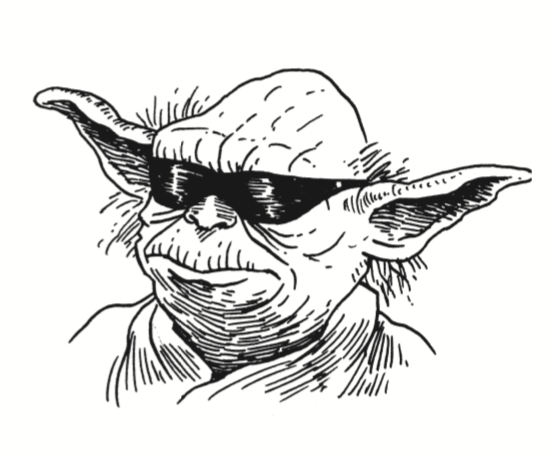A Trip to the Desert Planet
In the Fez medina, stone corridors and vertiginous alleys lead you to the henna souk, down near the heart of the oldest part of the 1,200-year-old walled city. Pia turns to me and says, “Remember the medina in Tunisia and the blood on the wall?” Tomorrow she turns four. We are out to prepare for her birthday party. We have ducked into the henna souk, a quiet and cool space in the bustling commercial center of the old city, to catch our breath. It is July, and it is very hot. Our eventual destination this morning is the Attarine, a narrow artery with a constant pulse at the center of the medina; once there, hold tight and stay close.
This is the first time we’ve thrown a children’s party in Morocco. In the weeks since we moved into our house in the medina, we’ve had a series of midday dinner parties for our adult friends and their families—long overdue recompense for their hospitality toward me over the years when I was a graduate student living in a single room, or later as a beginning professor based out of a hotel. Kate and I talk it over and decide that we’ll teach the kids Duck, Duck, Goose, and then we’ll play our new cassettes of Tamer and Nancy (Middle Eastern pop stars) for a few rounds of musical pillows. Sadik, a colleague, is ordering a sheet cake for us at a bakery near his house, and our neighbor Hanane will buy melons, peaches, and ban-anas at the market near Bab Bou Jeloud and make tea. Pia wanted a game of Pin the Tail on the Donkey. Oli-ver, her older brother, joked that we could use a real donkey since there are so many around the medina. No, I said, we shouldn’t play that game, because our Moroccan friends might think it was disgusting to look at a picture of a donkey’s bottom.
I can’t recall the blood on the wall in Tunisia, though I know Pia isn’t making it up. Where was that? Was it in Sfax, maybe, the austere city of southern Tunisia, where the idea of foreign tourists seemed an annoy-ance to the hotel staff and the guardians of the fortress, and yet where we felt so at ease? Maybe Tamazret, the small Berber village in the desert, where we were alone with our guide—whom we met by knocking on his door in the -middle of the village—and only two or three Tamazretis for half a day? It was only three months earlier, as the late winter gave way to a beautiful spring in the Sahara, that we traveled farther and...
You have reached your article limit
Sign up for a digital subscription and continue reading all new issues, plus our entire archives, for just $1.50/month.
Already a subscriber? Sign in





